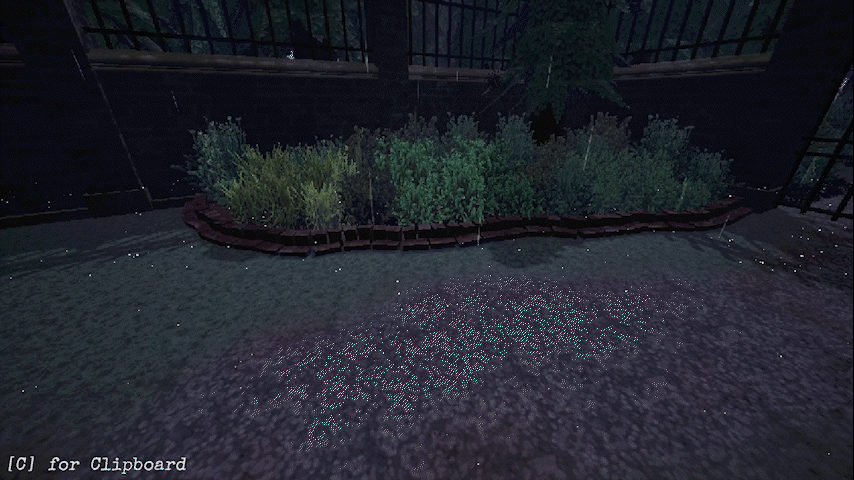Triage
Triage is an immersive single-player narrative game that centers around ethical dilemma.
Platform
Role
Date
Team Size
Engine
Windows
Systems Designer / Product Owner
January 2025 - May 2025
12
Unreal Engine 5
Check out the game on steam: link
Gameplay
Triage is a first-person narrative experience where you take on the role of a doctor. You’ve been called upon to help Stagmarch, a desolate, isolated town, where an otherworldly illness has been mutating residents. Get to know your patients, diagnose their symptoms, and craft remedies to treat them. However, there is not enough medicine to cure everyone. You must decide who you will save, and who you will let turn. Your choices will matter as you see the consequences unfold and learn about the mysteries behind the town.
My Role
All aspects of Triage are guided by 3 core pillars that define the experience we want to give the player. These pillars are navigating the ethical dilemma, feelings of unease and eeriness, and storytelling where the player feels like part of the narrative. The goal is to make the player feel like their actions matter and are important and because of this they have to carefully consider how they interact with the world.
I was the systems designer and product own on Triage. I was also one of the main programmers and worked closely with the 2 other programmers on the team.
Crafting
The design for the crafting mechanic itself was kept simple.
The player collects herbs then brings them to the apothecary and grinds up the herbs to be put in a medicine.

Player picks herbs and then goes to crafting table to use them.
The context crafting exists in is more complex.
Each herb treats a different symptom, so before collecting herbs the player must know who they are treating.
To decide who to treat the player must talk to their patients and gather information about them and their symptoms to make an informed decision.

The Almanac

The clipboard.
Crafting is much more than the short interaction to make medicine. Interacting in that 3D space is very purposeful to make it feel like an action the player is taking, not just a decision they’re making through a button press. Crafting is the player having to directly make that decision, giving weight to their actions. This decision is the crux of the ethical dilemma. The player cannot change this decision, they must be sure of what they want to do because there is no turning back.
Dialogue
To make the decisions the player makes about the patients matter it was important that each patient played a unique part in the ethical dilemma. I worked closely with the narrative team to help design the 3 patients, we didn’t want there to be a specific right answer to the dilemma and truly allow the player to make the decision for themself.

Joanna Young

Jermaine Moore

Morgan Walker
The branching dialogue is dynamic, with branches closing and opening. This makes patients feel more realistic because in real conversations there will be things you can miss.
Being able to miss information forces the player to think more about what they want to ask. It also adds a feeling of uneasiness because the player doesn’t know what information might be hidden from them.
